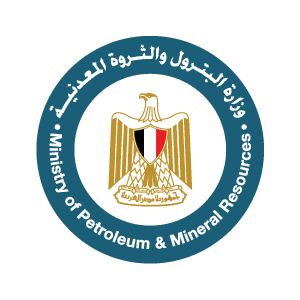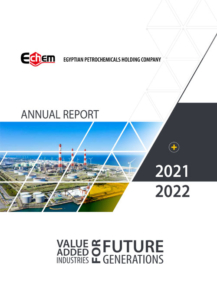Available Products
High Density Polyethylene (Sidpec)
Polyethylene (Ethydco)
Polyvinyl Chloride (EPC Egyptian Petrochemicals Company)
Poly propylene (EPPC Egyptian Propylene & Polypropylene Company)
- Fiber Polypropylene Grade
Polypropylene fiber, also known as polypropene or PP, is a synthetic fiber, transformed from 85% propylene, and used in a variety of applications. It is used in many different industries, but one of the most popular is the manufacturing of carpet yarns.
- Raffia Polypropylene Grade
PP raffia is a packaging material made from weaving ribbons of polypropylene. It is named after the raffia palm, which the packaging emulates to some extent. Polypropylene raffia is considered to be a “widely used material for atmospheric capture”.
- BOPP Film Grade
Biaxially-Oriented Polypropylene (BOPP) films have become a popular, high growth film on the world market because of a unique combination of properties such as better shrinkage, stiffness, transparency, sealability, twist retention and barrier.
Methanol (E-Methanex)
Methanol is used as a feedstock to produce chemicals such as acetic acid and formaldehyde, which in turn are used in products like adhesives, foams, plywood subfloors, solvents and windshield washer fluid.
Urea (MOPCO)
It is an organic compound produced by the reaction of ammonia and Carbon Dioxide at high pressure to produce an intermediate compound called Ammonium Carbamate which decomposes to produce Urea in liquid form. The concentration of Urea solution is gradually increased within the units by separating and recycling of non-metamorphic reactants and evaporating the water content to reach 96% – 98% where it is directed to the granulation unit to produce granulated Urea. Ammonia and carbon dioxide are supplied from the ammonia plant. More than 90% of global Urea production is directed to the fertilizer field as a source of nitrogen. Urea contains the highest nitrogen percentage among all solid fertilizers. Nitrogen percentage reaches 46.6%.
Ammonia (MOPCO)
A chemical compound consisting of nitrogen (82%) and hydrogen (18%) and has the chemical formula NH3. Ammonia is the main raw material used in the manufacture of all types of nitrogen fertilizers, consuming more than 80% of the global production of ammonia for this purpose. Ammonia is produced by converting natural gas (one of the most important sources of production) to hydrogen through a catalytic reaction, and the steam and air are used to complete this process, and nitrogen existing in the air is also used as a natural source of nitrogen needed to produce ammonia. Ammonia production is carried out in several phases from the phase of hydrogen production to purification of the hydrogen and nitrogen mixture of water and associated carbon dioxide and then separation of carbon dioxide to conversion of the hydrogen and nitrogen mixture to ammonia through catalytic reaction under certain conditions. Ammonia is produced in a gaseous form where it is gradually cooled up to -33 m5 to turn into liquid ammonia at atmospheric pressure to be kept in a storage tank with special specifications extended by a refrigeration unit to maintain proper storage conditions. 90% of ammonia produced in the factory is used in the production of granular urea and the excess ammonia is marketed in the local market.
Linear Alkyl Benzene (LAB)
Linear Alkyl Benzene (LAB) is a surfactant intermediate widely used in a variety of detergent formulations. The superior product quality of ELAB LAB leads to High Sulfonability, improved Surfactant properties and excellent Detergent performance which ultimately enhances customer profitability.
Heavy Alkyl Benzene (HAB)
Heavy Alkyl Benzene (HAB) is a by-product in the process of linear alkyl benzene (LAB) production. It is used as heat transfer oil and lubricating greases.




